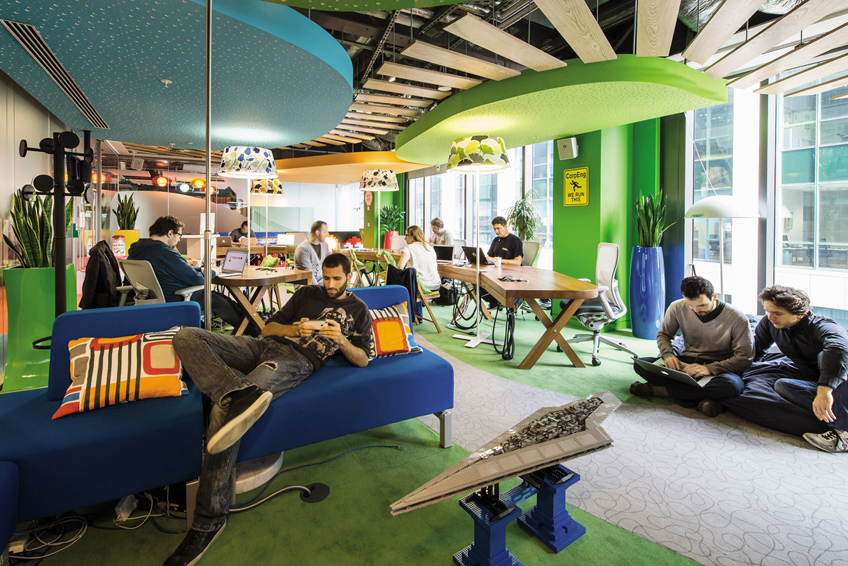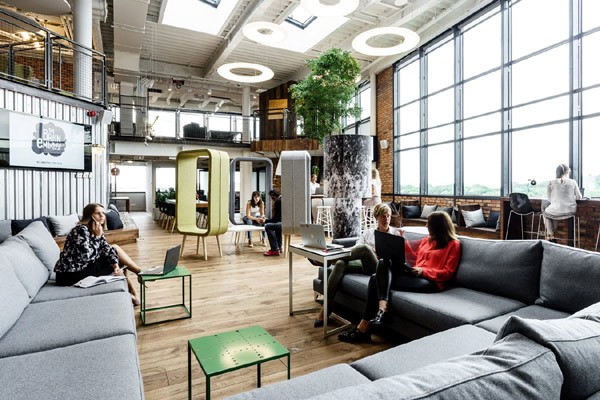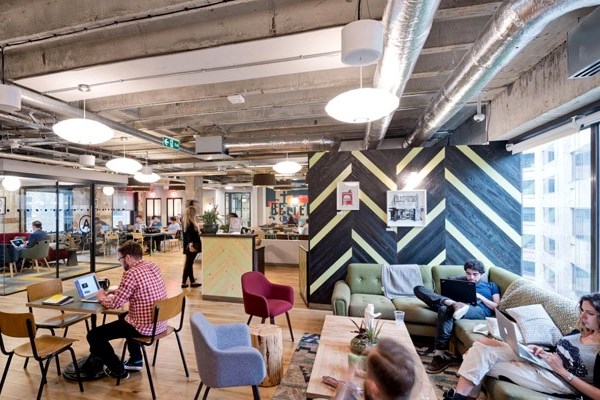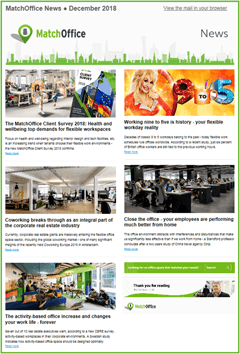
Activity-based office spaces increase and change your work life - forever

According to a newly published CBRE survey, activity-based workplace design has grown increasingly popular all over in the world's corporate workplaces.
Activity-based workplace design (ABW) is developing still new exciting forms of flexible transparent collaboration environments which increase creativity, productivity and cost-effectiveness in workplaces, the report concludes.
The optimisation and refurbishment of workspaces is high on the agenda of several companies, and according to CBRE eight out of 10 companies did reconsider their working areas last year.
That activity-based design in these years is in tremendous progress, can be seen as a counter-reaction to the last decades´ open office spaces and environments, which have been heavily criticised for their noise levels and disturbing atmosphere.
Revolutionary impact
The idea behind ABW is to allow employees to move appropriately between different workstations and zones designed for specific tasks and activities.
Depending on a specific work assignment, employees should be able to choose from various workstations - e.g. workspaces for tasks that require calm and concentration, or creatively-designed collaborative areas that appeal to free brainstorming.
 "To succeed with activity-based office environment, your company definitely has to be very dedicated to this way of working," concept manager of Kinnarps Next Office, Henrik Axell underlines. Photo: Kinnarps |
Interior experts emphasise the importance that design and layout of individual workstations encourage and motivate employees to move and circulate by following their current tasks.
Therefore, the design of work zones should match each other so that employees do not get attempted to favour and stay in one zone longer than necessary. Also, infrastructures and technologies must work so that employees can quickly move from one work zone to another and maintain the same levels of work quality.
When activity-based work is successful, studies show that it might have a revolutionary impact on productivity, work quality, ethics, teamwork and collaboration.
Concrete needs
"One of the basic conditions for success with its activity-based office environment is that the company is dedicated to and definitely ready for this way of working. And that's not always the case," concept manager of Kinnarps Next Office, Henrik Axell says.
"The secret behind successful ABW is to avoid standard concepts and solutions. The perfect office environment should always base on the specific needs of your employees only."
 Employees ´should have easy access to change workstation and zone - if not their efficiency and productivity will reduce, a new Swedish ABW study shows. Photo: WeWork Devonshire Square Coworking Offices, London |
Next Office is the activity-based interior design concept of the international office furniture giant Kinnarps, based on a five-step analysis of your company's current physical space, leadership, organisation and digital environment.
"The solution is definitely not to press your company and employees into a completed concept, but to take measures of the company's different ways of working and your individual needs - just as our Next Office concept does," Henrik Axell emphasises.
Easy to change
A new Swedish survey analysed the working patterns of 239 office employees working in four activity-based offices in a large Swedish government agency 12 months after implementation - where and for how long they stayed at a workstation, when they changed to a new one, their levels of satisfaction and much more.
The main conclusion was that the more often an employee changes workstation or zone, the more effective the office worker seems to perform, act and produce professionally.
The message to companies that plan to set up activity-based working environments is: Make it easy and simple for your employees to change workstation and zone and minimise the time they have to look for a next unoccupied station/zone - or it might influence negatively on their performance and productivity rates.
 Read more:
Read more:
Kinnarps.co.uk: Forget everything you (think you) know about the activity-based office
Aspectinteriors.com.au: 3 Tips for Successful Activity Based Working Implementation
Sciencedirect.com: Self-rated productivity and employee well-being in activity-based offices


